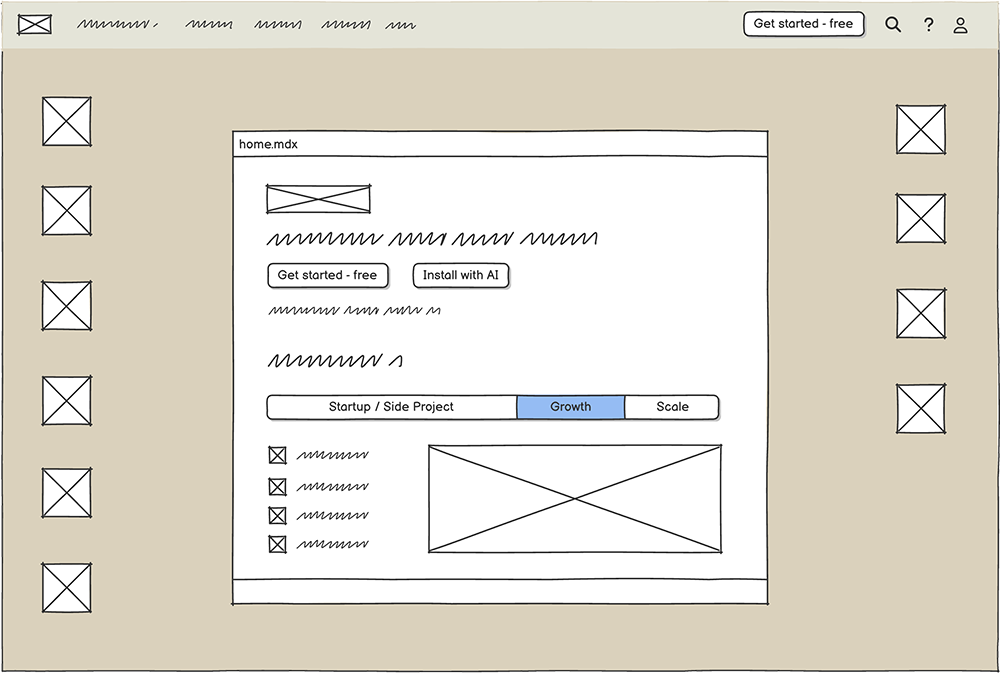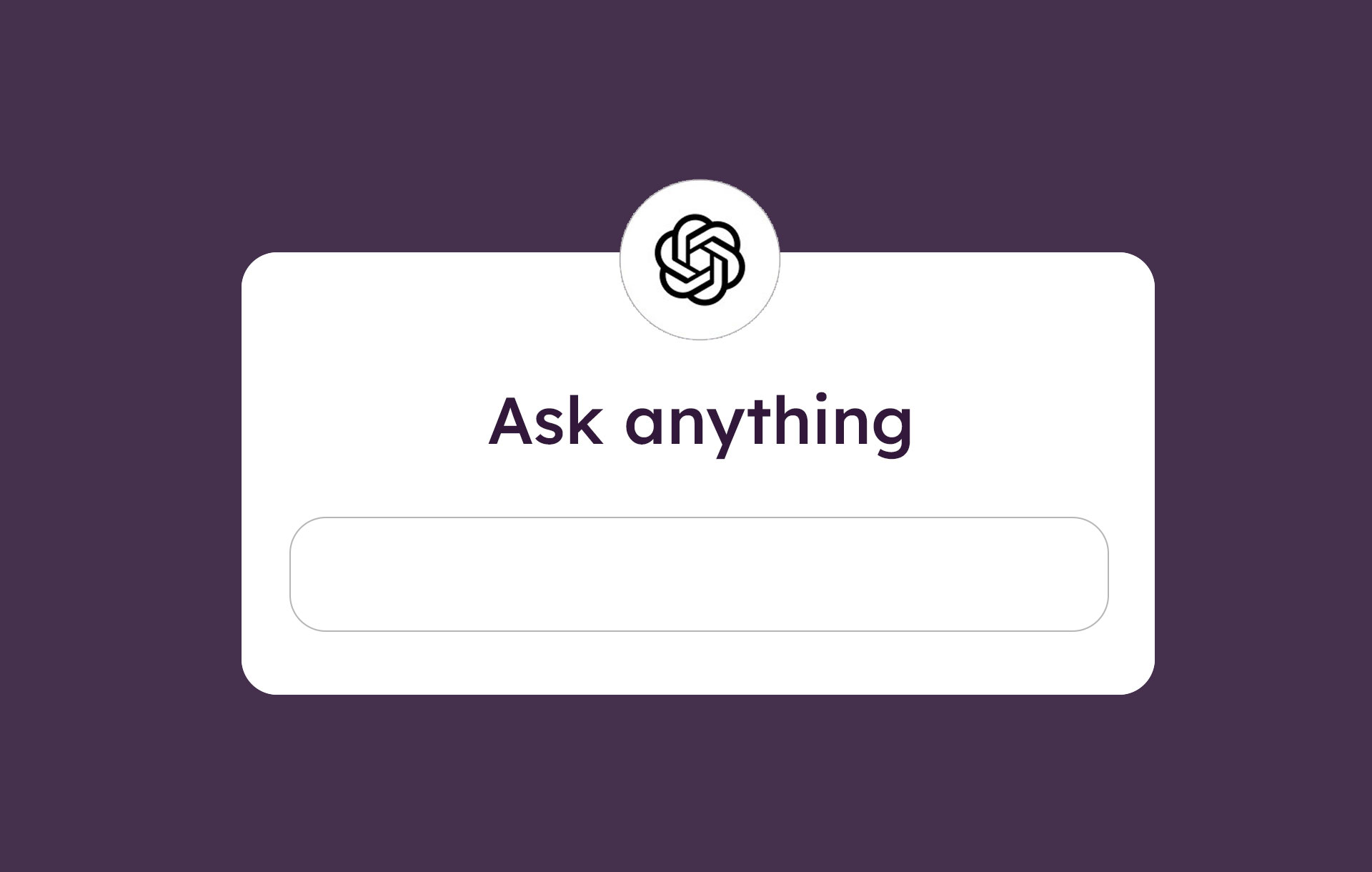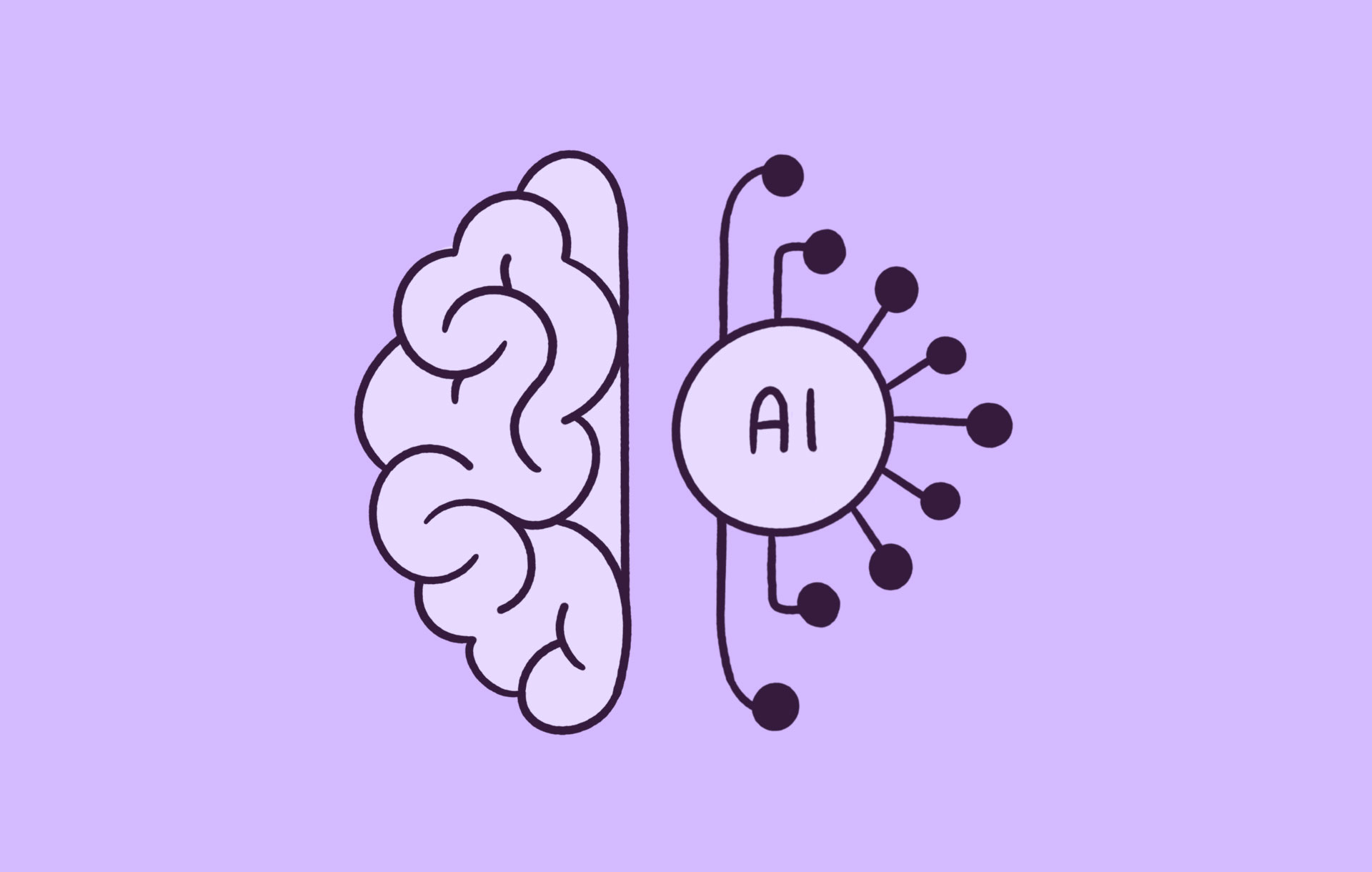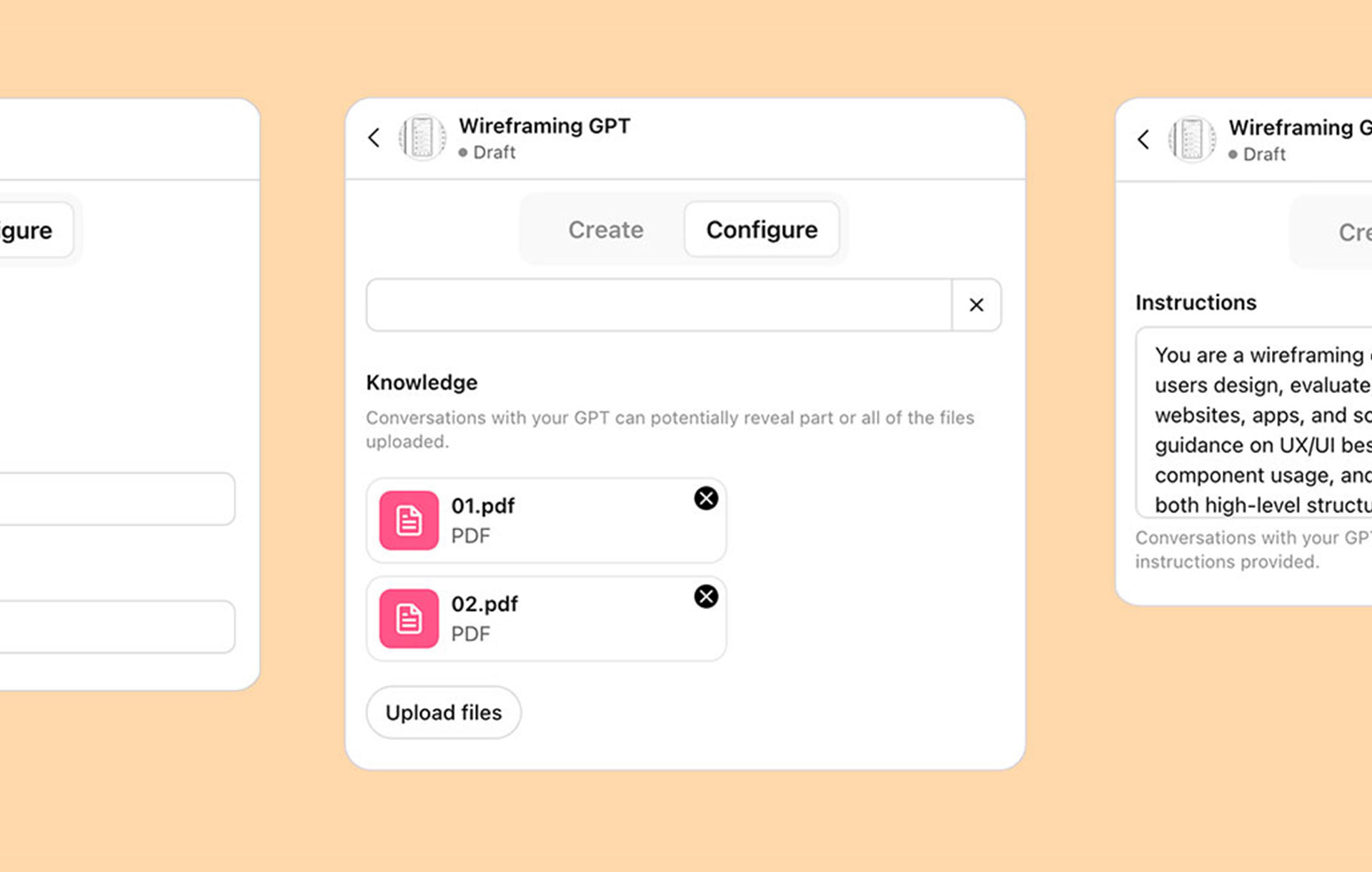Product teams live by the mantra: move fast and break things.
The problem with this mantra is when you pick the wrong moment in your process to move fast, you end up mistaking action for actual progress. Even Mark Zuckerberg, the pioneer of the 'move fast' approach, refined the strategy after recognizing the problems created by 'breaking things.’
The reality is that velocity without vision breaks the roadmap. It causes more rework, which ultimately sets you and your team back. This lack of focus inevitably creates churn, technical debt, and serious frustration.
I get it. More AI-powered tools are coming out that enable you to prompt and create a prototype in seconds. The pressure to ship more and do it faster is growing.
We need to shift the conversation. The real challenge isn't whether your team can move fast—it's how to apply speed effectively so it drives learning and meaningful change, not weeks of rework.
To explore this, we asked several product leaders how they manage the balance between shipping and slipping. Let's start by examining a common trap: chasing speed without clarity.
Moving quickly without clarity isn’t “speed,” it’s rework
Speed without shared direction is just wasted effort.
When teams rush decisions without alignment, they create more backtracking, more cleanup, and more fatigue. When we talk about speed, we need to define when speed is right and when we need to slow down. Why? Because when you hone in on what you’re speeding toward, you actually start making meaningful progress.
It may sound counterintuitive but sometimes you need to slow down before you start speeding up. Nick Jimenez, Product Manager at Sendoso, put it best using his own real-world experience:
"When I led support, I saw how “move fast” decisions in product tend to boomerang back as confusion."
Another important point to consider is that speed is for execution. It’s not for thinking. Matteo Frana, CEO and CTO at React Bricks offers more insight:
"Speed is great when you’re building, but it can really backfire when you’re deciding what to build. That part can’t be rushed or automated: it’s where a product manager’s judgment and vision actually matter. Quick brainstorms and half-baked PoCs rarely tell you if an idea is truly worth pursuing."
So how do you know when it’s time to hit the gas? Here’s a quick gut check to help you decide.
When to push for speed:
- You’ve already aligned on the outcome. If everyone understands what “good” looks like, speeding up execution saves time without sacrificing quality.
- You’re iterating on something low-risk. Early mockups, internal tools, or experiments benefit from a fast pace more than perfection.
- You’re blocking teammates. If others are waiting on your piece to move forward, getting something out to keep momentum going.
When speed isn’t the right solution:
- You’re still figuring out the problem. Moving fast without a shared understanding will lead to rework later.
- Your decision affects many people. If a choice ripples across teams, it’s worth slowing down to build clarity.
- There’s visible confusion or disagreement. If folks are interpreting things differently, pressing on won’t resolve it. Alignment has to come first.
As you’re balancing tighter deadlines, remember that AI can’t replace product thinking but it can help you execute in a timely manner. Take your proactive approach one step further by using low-fidelity wireframes to create a shared understanding early on in the process.
Clarity is actually a good speed strategy for the long-term
Sometimes you need to slow down so you can move fast.
A short investment in alignment and clarity prevents weeks of cleanup and misaligned builds. The trick is to make that upfront work lightweight and repeatable so it doesn’t stall momentum.
It’s frustrating to spend late nights building a “high priority” feature, only to find out later that it’s either:
- Already been built by another developer or team
- No longer on the product roadmap because the company changed direction
You aren’t pushing into production. And those long nights you spent building for a tight deadline go unrecognized and unappreciated.
Instead of deploying, you’re archiving your work. You technically moved fast, but the product didn’t move at all.
"It’s better to slow down, make a clear, thoughtful decision and design, and then move quickly to put an almost-finished version in front of customers. That’s where speed becomes valuable: not in skipping the thinking, but in rapidly delivering a tangible expression of it."
Make sure you define what you’re working towards otherwise you’ll risk wasted work and effort. Nick Jimenez gently reminds us:
"Now that I’m in Product, I’d rather trade an hour of debate for a week of cleanup. Speed only works when everyone knows what we’re actually running toward."
Wireframing is an upfront visual exercise that can help you make better decisions before committing to build. Try wireframing first if you want to:
- Test assumptions
- Refine user flows
- Turn clarity into a powerful speed strategy before the first line of code is written
Know when to move fast and when to slow down
The best teams develop a rhythm: sprint when the path is clear, pause when complexity appears. There’s no magic ratio of speed to thoughtfulness—only habits, awareness, and the willingness to be flexible.
"It’s not about choosing speed or clarity. You have to alternate between them. Knowing when to alternate comes from your experience and the skills you build over time. Sometimes you'll want to move fast, and other times you'll know that you need to slow down and get clarity.
In practice, you go fast when the execution plan is clear. Once you hit something that’s complex, such as dependency management, or if your work touches multiple surfaces, that’s your signal to spend more time and zoom in. Go deep, unpack, solve as efficiently as you can, and zoom out again. Look at the whole picture and ask yourself: ‘What’s the next thing I need to focus on?’
Over time, knowing when to sprint and when to dig deeper becomes a rhythm."
Speed and clarity aren’t at odds. Instead, they’re two sides of your metaphorical coin of efficiency. Build a rhythm that lets you run when there’s no obstacles in the way and pause to dig in when you hit real ambiguity or cross‑team dependencies.
Once you know where you’re going, GO!
When clarity is in place, speed becomes a superpower. You don’t need to over‑polish—getting something in front of users quickly helps teams learn fast and iterate smarter. The important question is what’s good enough to ship and learn from.
Ben Dlugiewicz, Product Manager at Capacity, said:
"Great companies value velocity. Having an iterative mindset allows teams to move quickly. Too many ideas have been discussed to death when you could have shipped it and had an answer."
The real value of speed in product development isn't found in cutting corners on product thinking, but in how quickly you can move from a well-formed idea to a concrete, testable asset.
In Matteo Frana’s words:
"That’s where speed becomes valuable: not in skipping the thinking, but in rapidly delivering a tangible expression of it."
Shipping fast to get feedback? Label it “Beta”
Labeling early work as “Beta” or “Experimental” manages users expectations and invites customers to help you refine the idea. It removes the expectation of perfection from users and your team.

Balsamiq AI follows this approach: We talked to customers and uncovered a popular request for AI-powered text-to-wireframe capabilities.
Rather than spend a quarter building and fine-tuning every little detail to make it a perfect feature, we released the Beta version to refine with customers through real-time feedback.
We’re not the only ones to use the hack. Steve McLeod, Founder and CEO at Feature Upvote said:
"Getting something into the hands of users quickly often reveals new problems that supersede the problems we thought we had to deal with."
It just makes sense to get your product in front of real users during the experimental stage. At this point, no one expects perfection, and the feedback you gather is not only invaluable, it’s real insight from real customers that’ll help you fix major issues and uncover edge cases before you launch.
Your new mantra: Speed through strategic intent
Define what you’re speeding toward, build a rhythm that balances sprints with deliberate pauses, and use lightweight touch points—one‑page product requirement documents and low‑fidelity wireframes—to align teams before you build.
Treat AI as an accelerant, not a strategist. Let it speed up execution once human judgment, context, and empathy have already shaped the idea. Move fast when you know the destination; slow down when you need to find it.













